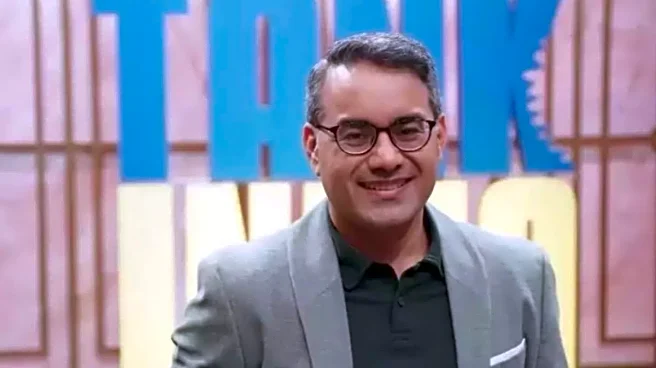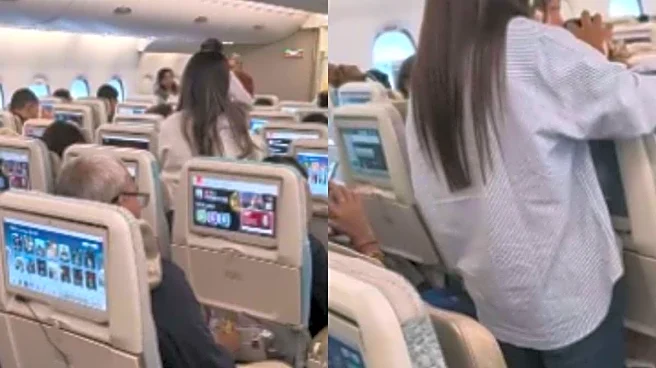The American dream for many took a hit when US President Donald Trump announced a hike in the H-1B visa application fee to USD 1,00,000 annually. The H-1B visa is a non-immigrant visa that allows US companies
to employ foreign professionals in speciality occupations requiring technical or theoretical expertise, such as IT, engineering, finance, healthcare, and science.
It is one of the most common routes for skilled workers from countries like India and China to work temporarily in the US.
Indians were already experiencing setbacks in visa approvals, with a two-year decline of nearly 37 per cent in the first five months between 2023 and 2025. With the new visa fee hike, many dreams remain on hold, prompting professionals to explore alternative pathways to the American dream.
One emerging option for talented individuals is the O-1 visa. While H-1B visas continue to dominate, with 225,957 approvals in FY 2024, O-1A visa applications are steadily increasing at an annual rate of about 10%, with 22,669 approvals in FY 2024.
Let’s explore what the O-1 visa is, how it provides an alternative route to the US for skilled workers, its application process, and eligibility criteria.
What Is An O-1 Visa?
The O-1 visa, also called the “Einstein visa,” was introduced under the US Immigration Act of 1990. It is granted to individuals who demonstrate exceptional talent or achievements in science, education, business, athletics (O-1A), or the arts and film (O-1B).
To qualify, applicants must meet at least three of eight criteria, which include awards, original contributions, published work, media coverage, and memberships in distinguished organisations.
The O-1 visa is gaining popularity among Indian nationals, including cybersecurity experts, AI researchers, filmmakers, athletes, and digital content creators, who are seeking a direct, merit-based pathway to work and live in the U.S.
Eligibility Criteria For The ‘Einstein visa’?
Applicants must demonstrate consistent national or international recognition in their field. Examples include:
- Scientists holding patents or recognised for major research
- Olympic athletes or world title holders
- Musicians or artists nominated for awards such as the Grammys or Oscars
- Business executives with notable contributions to their sector
- Recipients of nationally or internationally recognised prizes for excellence
- Individuals featured in major professional publications or media for their work
O-1 Visa Validity Period And Application Costs
The application cost for O-1 visas ranges from $10,000 to $30,000 (around Rs 8.9 lakh to Rs 26.5 lakh). The Economic Times, citing official data from the US Department of State, reported that the number of O-1 visas granted has increased from 8,838 in FY 2020 to 18,994 in FY 2023.
The O-1 visa is initially issued for up to three years. It can be extended in one-year periods, provided the individual continues to meet the visa criteria and works in their field of extraordinary ability.
Why Professionals Are Turning to O-1A Over H-1B?
Interest in the O-1A visa has surged following the hike in H-1B visa fees to $100,000 for new applicants. While the White House clarified in a social media post that the new rule ‘does not impact the ability of any current visa holder to travel to/from the US, many Indians are exploring alternative routes amid declining H-1B approvals and the lottery-based allocation system.
More than 70% of H-1B visa holders are from India, and these visas have traditionally been allocated through a lottery system. Unlike the H-1B, which has an annual lottery due to high demand, there is no annual cap on the number of O-1 visas issued.
Logan Ullyott, an O-1 visa holder and founder of Compass Visas, which assists business and tech professionals with visa and green card applications, told Business Insider that while both H-1B and O-1 visas require employer sponsorship, the O-1 offers a key advantage: it can be renewed.
Notably, the current demand for O-1 visas by professionals has positioned India as the third-highest recipient country after Great Britain and Brazil, securing 1,418 O-1 visas in FY 2023, up from 487 in FY 2020.
A notable uptick has been reported in applications, with firms expanding operations to help more candidates explore this underutilised route. The success rate for O-1A applications stands at around 93%, compared to just 37% for H-1B.
There is a drawback, though. The H-1B process is generally simpler, less costly, and less subjective than the O-1. Some employers are therefore reluctant to pursue an O-1 application if there is any doubt over whether the candidate fully qualifies, Ullyott said.
How To Apply For An O-1 Visa?
Find a US sponsor or agent: You need a US employer, agent, or organisation to file the application on your behalf.
Gather documents: Provide evidence of extraordinary ability, such as national or international awards, original contributions like patents or innovations, published work, and media coverage. O-1B (arts) applicants may require fewer documents than those in science or business.
File Form I-129 with USCIS: Your US sponsor must submit Form I-129 to the US Citizenship and Immigration Services (USCIS), including a consultation letter from a peer group or labour union (required for O-1B), a work itinerary, and a signed contract with the employer.
Wait for approval: If your petition is accepted, you will receive Form I-797 Notice of Approval, confirming the petition is approved (though it is not the visa itself).
Apply for the visa at a US consulate in India: Once the petition is approved, you can apply at a US Embassy or Consulate. If granted, you may enter the US up to ten days before your job starts. O-1 visas are usually issued for three years and can be extended in one-year increments.

/images/ppid_59c68470-image-175849504937231852.webp)

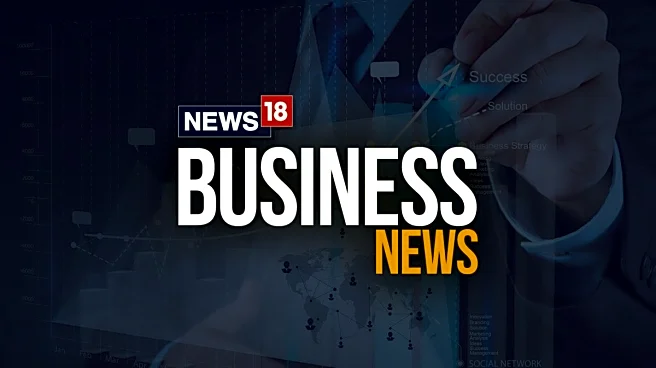
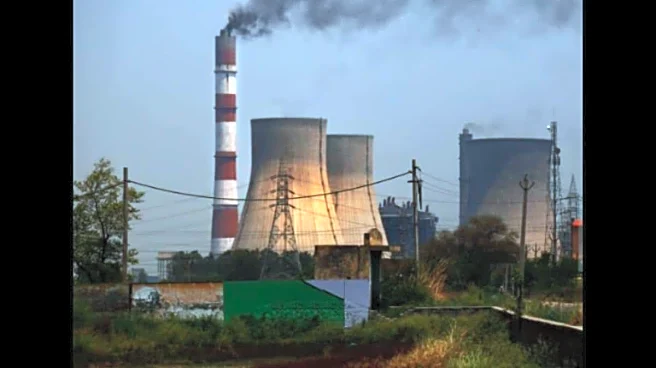
/images/ppid_59c68470-image-175861252602890508.webp)
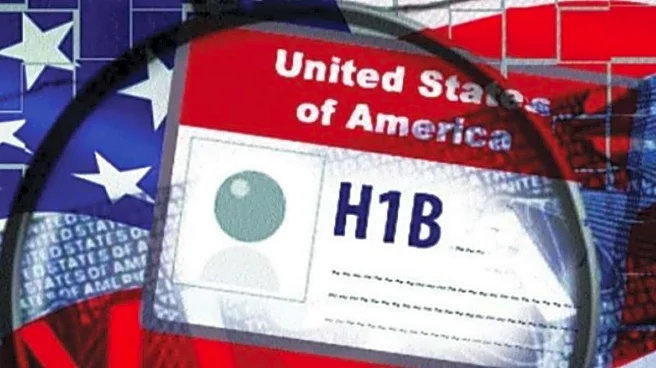
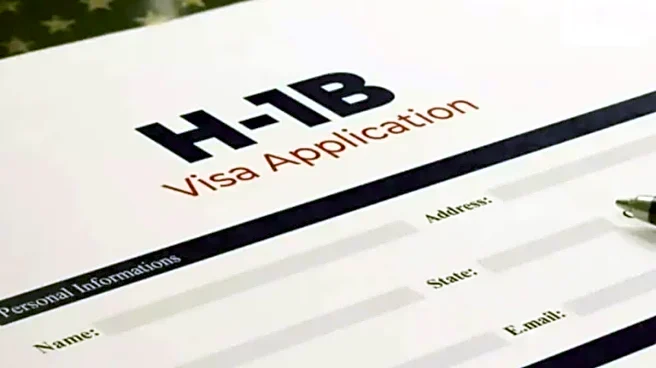
/images/ppid_59c68470-image-175845503133740427.webp)
